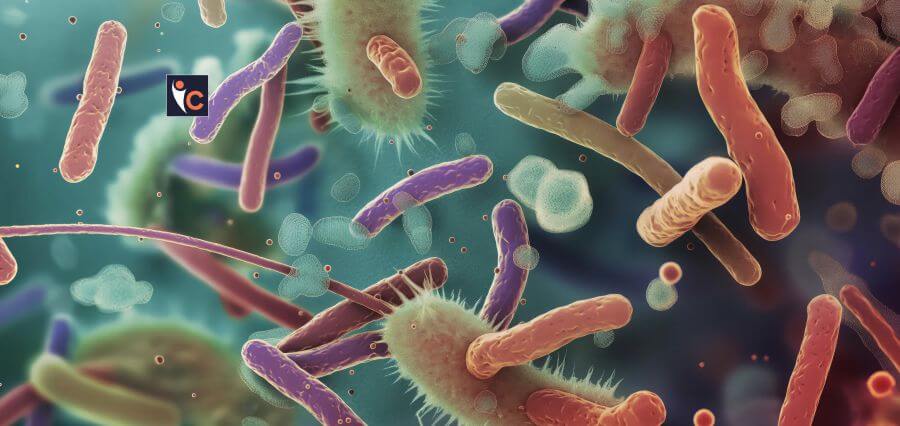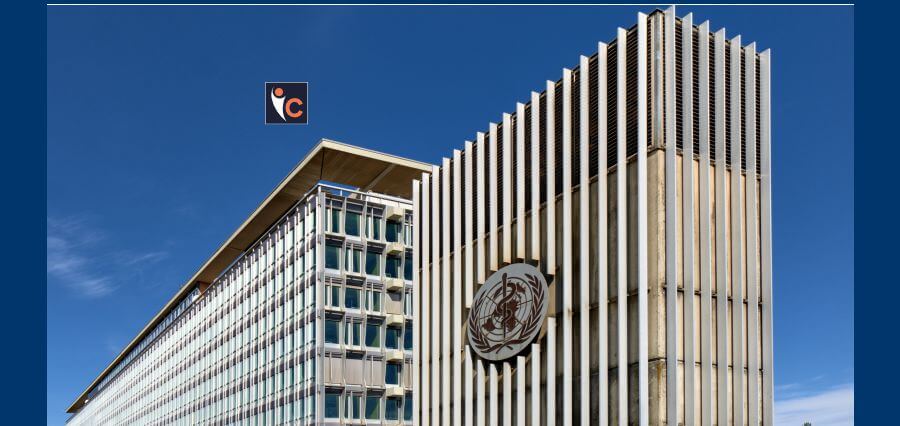You may have recently heard reports about a “flesh-eating bacteria” spreading in Japan, referring to an illness associated with streptococcal toxic shock syndrome (STSS).
Media sources indicate that Japan has recorded over 1,000 cases of STSS in the first six months of 2024, surpassing the total for all of 2023. However, these figures have not been published in peer-reviewed journals, so the accuracy of these reports remains uncertain.
STSS is caused by the Streptococcus pyogenes bacteria, also known as “Strep A.” While these bacteria are common, certain strains can lead to more severe illnesses known as invasive group A streptococcal disease. Since 2022, countries including Australia, the United States, and various European nations have observed an increase in severe cases of invasive group A streptococcal disease, contributing to a broader rise in Strep A infections.
So, what exactly is STSS, why is it increasing now, and should we be concerned?
At any given time, many individuals are “colonized” with Strep A, meaning the bacteria live harmlessly in their throat or on their skin. Strep A can also cause sore throats (“strep throat”) and skin infections. Occasionally, for reasons not entirely understood, Strep A can cause invasive infections like pneumonia, severe “flesh-eating” skin infections, and STSS, making it a significant cause of sepsis, a life-threatening infection.
STSS is the most severe form of Strep A disease, though it is fortunately rare. It primarily affects young children and the elderly, but cases can occur at any age. Pregnant individuals and those who have recently given birth may also be at higher risk.
Understanding the Symptoms
In STSS, the bacteria produce a toxin that can trigger an overwhelming immune response in some people. The illness can become life-threatening within hours, with a high mortality rate of up to 40%. However, the early signs and symptoms of STSS can resemble common viral illnesses, particularly in children, making it challenging to diagnose.
Early symptoms of invasive group A streptococcal infections include fever, rash, and nausea. It’s crucial to watch for signs of sepsis, which indicate a more serious condition. Severe symptoms of invasive group A streptococcal disease, including STSS, are similar to other bacterial causes of sepsis, such as meningococcal disease, and include lethargy, rapid breathing, a rapidly changing rash, aching muscles, and confusion.
STSS can sometimes occur alongside necrotizing fasciitis, another condition caused by Strep A, known for its “flesh-eating” symptoms where skin cells die in response to bacterial toxins.
Parents should trust their instincts. If your child seems significantly sicker than usual, especially if they have cold limbs, a red rash (like sunburn), or are less responsive, seek immediate medical attention.
Certain more virulent strains of Strep A may contribute to the current STSS surge. Additionally, during the peak of the COVID-19 pandemic in 2020-21, reduced close contact resulted in less exposure to Strep A and other pathogens. This means younger children didn’t build up the partial immunity against severe Strep A infections that comes from repeated exposure. Increased human contact since 2022 has led to more transmission of Strep A, making children more vulnerable to severe diseases like STSS.
Read More: Click Here










